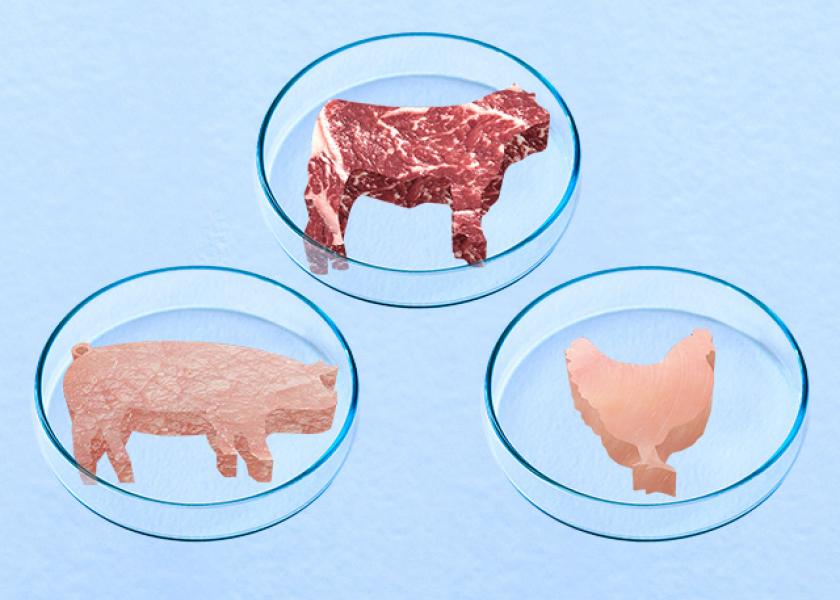$10-Million USDA Grant to Develop Cell-Cultivated Meat in Bioreactors

A team of researchers led by a Tufts University professor has received a five-year, $10-million grant from the USDA to develop an alternative food source: meat produced not from farm animals, but from cells grown in bioreactors, the university reports.
David Kaplan, Stern Family Professor of Engineering, and his team of graduate students at Tufts, a private university in Middlesex County, Mass., will bring together engineers, biologists, nutrition researchers and social scientists in an effort to grow cell-cultivated meat in bioreactors.
“Cultivated-meat production is emerging as an alternative source of sustainable protein to help address nutrition and food safety for consumer choices,” Tufts reports. Kaplan and his team have led other projects exploring how to grow meat directly from animal cells.
Kaplan believes that this new industry could provide nutritious and safe foods while reducing environmental impact and resource usage—with a target of significant reductions in greenhouse gas emissions, land use and water use than traditional meat production, he told Tufts.
Interdisciplinary teams will evaluate consumer acceptance of cultivated meat, measure the environmental impact of the manufacturing process, assess the economic viability compared to farm production, and prepare the next generation of the industry’s workforce, the article said.
“Part of our research will look at improving the nutritional content, shelf life, and other qualities of cell-based meat, along with assessments of impact on consumer perceptions and acceptance,” Kaplan said in the article.
Do Consumers Want to Eat Cell-Cultivated Meat?
The verdict is still out on whether or not consumers will accept and rally around cell-cultivated meat. According to Kaplan in the article, “That’s still an unknown, and that’s why we included consumer acceptance as an important part of our study. The only data point we have so far is the overwhelming receptivity of consumers to plant-derived meats, like the Impossible Burgers and Beyond Burgers.”
But plant-derived meats are different than cell-based meat, he pointed out. He anticipated positive views, but admits he can’t be sure.
Part of his team’s research will look at improving the nutritional content, shelf life, taste and flavor, and other qualities of cell-based meat. Kaplan believes this could have an impact on consumer perceptions and acceptance.
“If life-cycle analysis shows significant advantages in sustainability and environmental impact, that could also have a positive effect on acceptance as well,” he told Tufts.
More from Farm Journal's PORK:
Is There Room at the Table for Meat and Alternative Proteins?
Eat Just Raises Funding to Expand Cell-Based Meat
Industry Groups Call for Mandatory Labeling of Cell-Based and Cultured Meat Products







